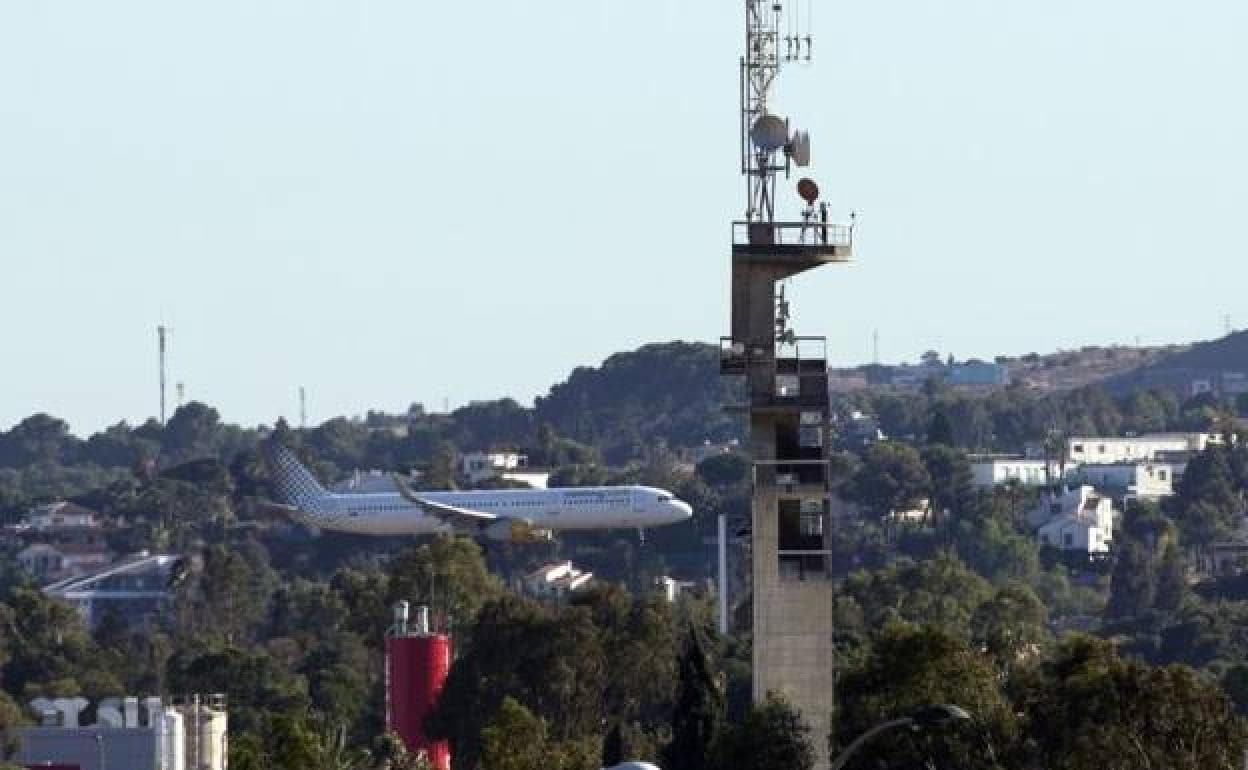Flight problems at Malaga Airport set to ease when communications tower is finally demolished
Since the Costa del Sol airport's second runway was completed in June 2012 it has not been fully usable because the Canal Sur tower poses a risk from the seaward direction
Ignacio Lillo
MALAGA.
Wednesday, 2 November 2022
It has taken ten years but the Aena airports authority has finally reached agreement with RTVA and Canal Sur Radio and Television so the communications tower can be demolished and Malaga Airport will benefit from full use of its second runway when necessary.
Since the runway was completed in June 2012 only half of it has been fully usable because the tower poses an obstacle which prevents planes taking off or coming into land from the seaward direction. The main runway, on the other hand, can be used in both directions, according to which way the wind is blowing.
“When the main runway is blocked by a plane or there is a problem, we only have half of the second one left to use. Once the tower has been removed we will be able to use both,” sources at the airport have explained.
Does this mean more flights?
With regard to day-to-day operations at the airport, no more flights or passengers are expected as a result of this measure. It just means the second runway will be fully usable if necessary, said Aena.
There is an Environmental Impact Declararion in force which limits the possibilities of flying over the Guadalhorce river estuary, to protect birds and people living in Guadalmar from aircraft noise.
Air traffic controllers have also explained that Malaga Airport is working at steady capacity at present with up to 46 movements an hour at peak times, but there is still plenty of margin to increase operations before needing to use the second runway.
Flights to and from Malaga airport take place between certain hours, partly due to the city’s geographical situation in the far south of Europe and the journey times between the main European destinations and also due to the way that airlines organise their crews’ working hours.
